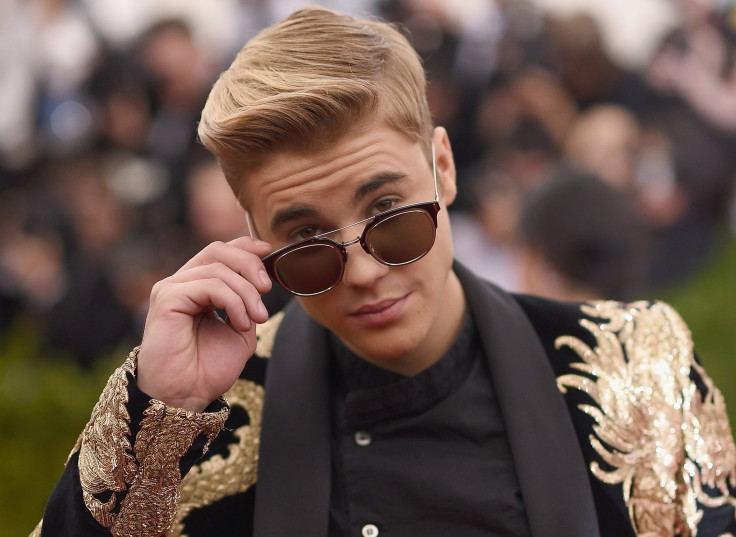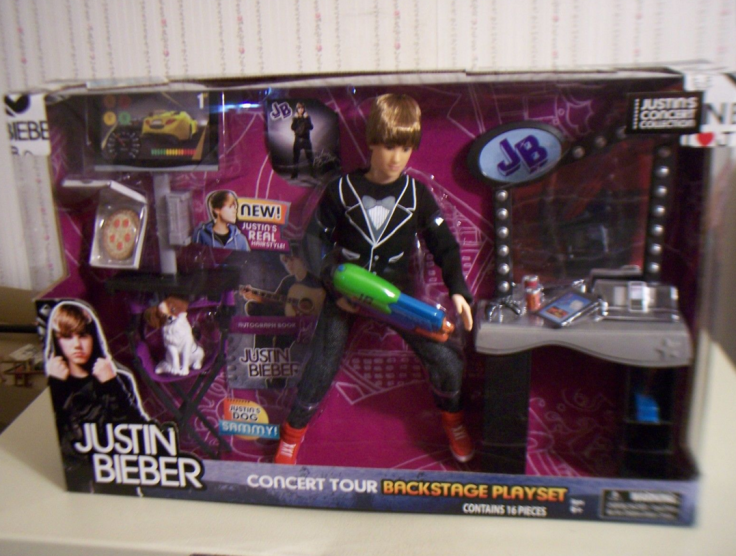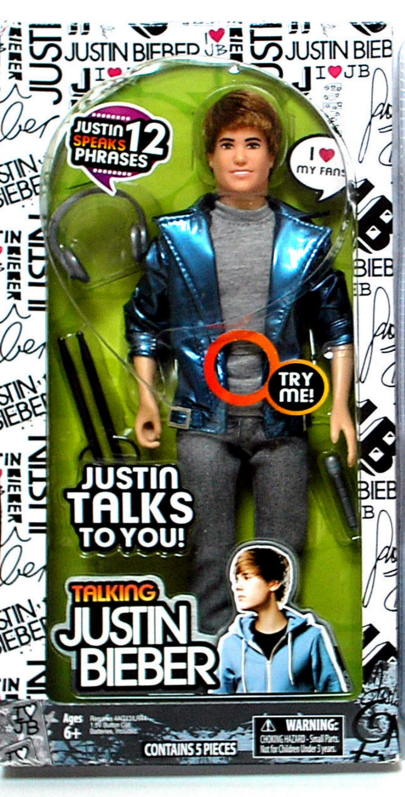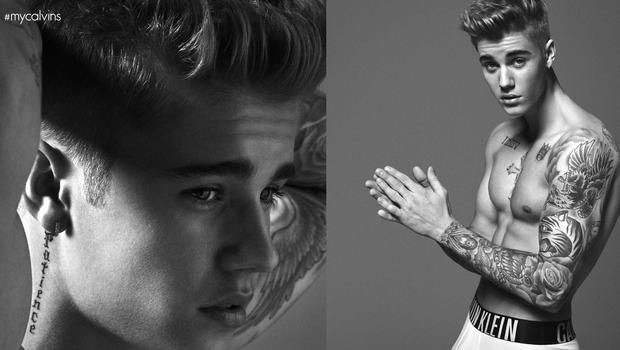Why The New Justin Bieber Album ‘Purpose’ Won't Drive Merchandising Success

Justin Bieber’s comeback album, “Purpose,” raced across social media and into listeners’ ears on Friday, and Universal executives are hoping it will mark the beginning of a lucrative, high-earning run for the Canadian pop star. But there’s one income stream that they will not be able to capitalize on as they once did: the former teen idol’s enormous merchandising muscle, which only a few years ago was key to making Bieber one of the highest-earning musicians in the world.
In the eight years that have passed since Usher Raymond discovered Bieber on YouTube, Bieber Fever has struck and broke; its subject has turned 21 and gone through the tabloid meat grinder after getting caught doing things like smoking pot and drag-racing around Miami. And, most crucially, victims of that fever have grown up, so Bieber won’t have the chance to pad his bank account with lunchbox money anymore.
That doesn’t mean that Universal Music Group, his label, isn’t going to try. Universal grossed more than $248 million in merchandising revenue last year, according to its parent company Vivendi’s year-end filings, and its in-house merchandising operation, Bravado, has been busy lining up everything from signed copies of the record to meet-and-greets with fans.
But whatever he lines up in the coming months to promote “Purpose,” it won’t be like what he managed at the heights of his teen-pop fame.
A Hot Commodity
For the first few years after he leapt into the hearts of teenaged girls everywhere, Justin Bieber was on everything. It was hard to walk into a big-box store anywhere in America and avoid seeing the Canadian heartthrob’s mug on everything from paper napkins to lunch boxes to perfume bottles. At one point, Bieber Fever got so hot that market analysts added him to a list of toys predicted to be among the top sellers during the 2010 holiday season.
"We've got the fever!" Lisa Harnisch, a vice president at Toys R Us, told the Washington Post at the time.

Figuring out just how much merch Bieber moved during this period is tough. Universal Music Group has never broken out Bieber’s merchandising revenues, and it’s difficult to triangulate how much he made based on retail sales. A merchandising success like Bieber’s will flow into several pockets, and the economics of each deal differs widely. An artist and his handlers might get a royalty of as little as 3 percent on something sold in a massive retail store like Target, for example, or she might pocket as much as 90 percent of the revenue after costs on a T-shirt sold at a merch table inside a stadium.
Regardless, Bieber fever made a lot of money for a lot of people. A Justin Bieber doll that toy company the Bridge rushed to market in under 100 days so it would be ready in time for Thanksgiving sold nearly 2 million units in 2010, according to the company’s founder and CEO, Jay Foreman; a Bieber fragrance, Someday, the first of many, grossed more than $3 million in its first three weeks of sales, putting it on pace to become the top-selling fragrance of 2011; a nail polish produced in collaboration with Nicole by OPI, sold out at all 3,000 Walmart locations that carried it, before going to a wider release at Target, Sears and Ulta.
And while it’s hard to settle on a precise figure, the reality is Justin Bieber ranked among the 10 highest-earning musicians in the world in both 2011 and 2012, with his merchandising deals listed among the reasons for the accomplishment. In 2014, Forbes ranked Bieber No. 33 on its list of highest-paid celebrities, estimating he brought in upward of $80 million.
“It's sort of the moon and the stars coming together,” Foreman said. “There’s always pop artists, but not all of them succeed like this.”

Aging Up
But no one stays young forever. And while established, legacy acts that have been around for decades can ride a merchandise gravy train, artists that are in between those two extremes of teen idol and living legend have fewer opportunities.
"If you look at it in terms of mass market, it's the people that are going to appeal to teenagers [that are going to sell the most merchandise]," said Brittany Hodak, the co-founder of ZinePak, a design company that’s produced products for artists including Katy Perry, Selena Gomez and Kiss.
If Universal wants to branch out beyond T-shirts for Bieber during the “Purpose” album cycle, they are going to have to get creative.
They are not hurting for options. The recent buzz generated by a very grown-up Calvin Klein campaign signaled to brands that Bieber could be a more than viable pitchman or brand spokesman.

That deal and others like it have the added benefit of providing Bieber with sustained media lift as well. “When you partner with brands, you get the media exposure as well as the income,” Hodak said. “That's a really smart way of aging people up.”
And while not every brand will be itching to work with a 21 year-old teen idol who has spent a lot of time recently talking about nude photos of himself that circulated online, the sheer size of his fanbase will be compelling to somebody.
“He has 70 million followers on Twitter and 43 million Instagram followers,” Hodak said. “Some of the established, legacy brands probably think of him as a risk, but the global appeal of Justin Bieber is real.”
It’s possible that Bieber and his team may hit on something that might speak to a slightly older youth consumer. “The thing about merchandising for artists,” Hodak said, “is there's a market for everything.”
© Copyright IBTimes 2025. All rights reserved.





















